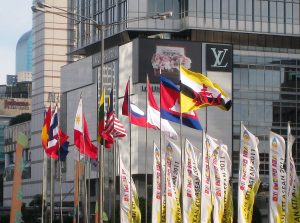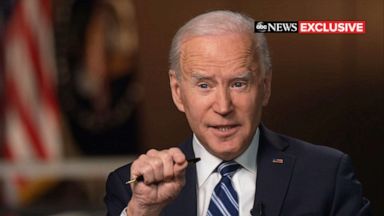by Robert Beckhusen

Here's What You Need to Remember: Essentially, this makes Indian carriers’ self-defeating, with the flattops existing primarily to defend themselves from attack rather than taking the fight to their enemy. Carriers are also expensive symbols of national prestige, and it is unlikely the Indian Navy will want to risk losing one, two or all three.
The Indian Navy has put out a proposal for its third aircraft carrier, tentatively titled the Vishal due to enter service in the latter 2020s. The 65,000-ton Vishal will be significantly larger than India’s sole current carrier, the Vikramaditya known formerly as the ex-Soviet Admiral Gorshkov, and the incoming second one, the domestically-built Vikrantwhich is expected to enter service later in 2018.
To see why Vishal is a big deal for the Indian Navy, one needs only to look at her proposed air wing — some 57 fighters, more than Vikramaditya — 24 MiG-29Ks — and Vikrant‘s wing of around 30 MiG-29Ks. While below the 75+ aircraft aboard a U.S. Navy Gerald R. Ford-class supercarrier, Vishal will be a proper full-size carrier and India’s first, as the preceding two are really small-deck carriers and limited in several significant ways.
The Indian Navy is also looking at an electromagnetic launch system for its third carrier, similar to the one aboard the Ford class. India’s first two carriers have STOBAR configurations, in which aircraft launch with the assistance of a ski-jump, which limits the maximum weight a plane can lift into the air. Typically this means that fighters must sacrifice weapons, or fuel thus limiting range, or a combination of both.










/cloudfront-us-east-1.images.arcpublishing.com/mco/KP45VGQHKFCVNHYINF6K5SXLW4.jpg)
/cloudfront-us-east-1.images.arcpublishing.com/mco/O6EAMQHAZND2LBZI5ZGBTZHNVI.jpg)

